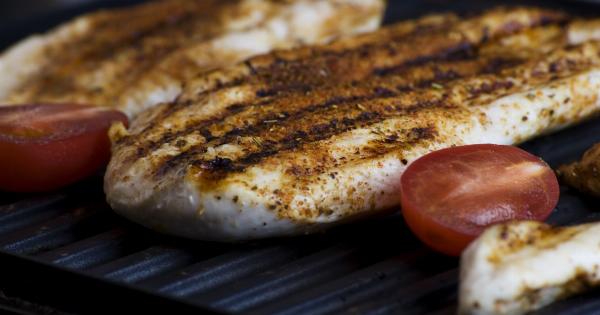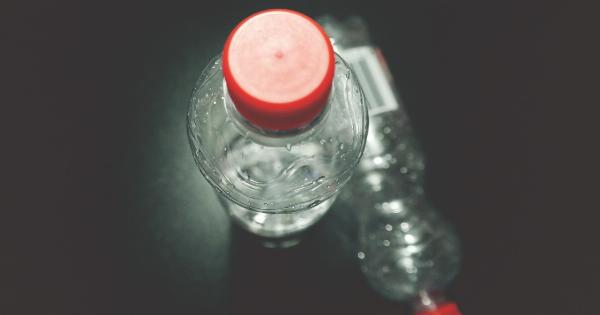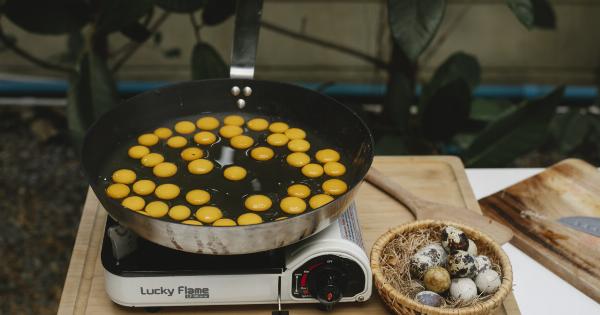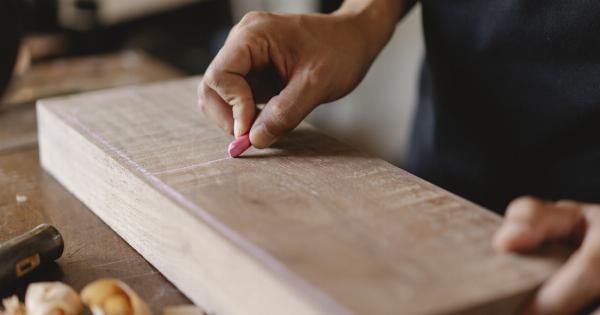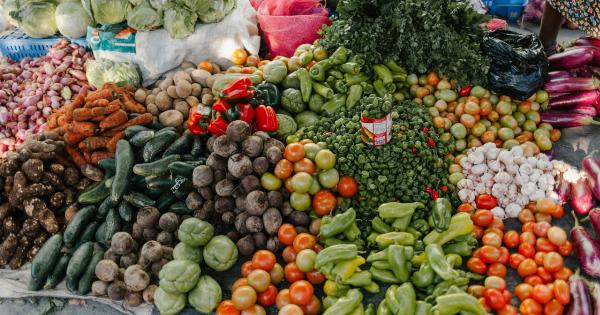When it comes to cooking and baking, aluminum foil has been a staple in many kitchens. It offers a convenient way to wrap and cover food, ensuring it stays moist and cooks evenly.
However, concerns have been raised about the potential health risks associated with baking in foil. In this article, we will delve into the topic of baking in foil to understand its safety, the science behind it, and provide some best practices to ensure safe food preparation.
The Science Behind Baking in Foil
Aluminum foil is made by rolling massive slender sheets of aluminum. The metal possesses a low reactivity level, which means it is non-porous and resists chemical changes when exposed to food or moisture.
This property makes it a suitable material for food storage and as a wrapper for cooking processes like baking.
When baking in foil, the foil acts as a barrier between the food and the oven, helping to retain moisture and heat.
It helps to create a controlled cooking environment, preventing excessive moisture loss and maintaining the juicy and tender texture of the food. Additionally, foil can be used to wrap foods with acidic ingredients, preventing them from interacting with the oven surface, which could cause discoloration or a metallic taste.
The Safety Concerns with Baking in Foil
There have been concerns raised about the use of aluminum foil in cooking and baking, particularly regarding its potential health risks.
Some studies have suggested that cooking with aluminum foil could lead to the leaching of aluminum into the food, especially when dealing with acidic or high-heat preparations.
When aluminum foil comes into contact with acidic or highly spiced food items, some of the metal can dissolve and migrate into the food. This process is accelerated by heat and prolonged cooking times.
The amount of aluminum leached into food can vary depending on the temperature, acidity, and duration of exposure.
Excessive consumption of aluminum has been linked to health concerns such as neurotoxicity and increased risk of certain health conditions. However, it is important to note that the human body can naturally eliminate small amounts of aluminum.
The Food and Drug Administration (FDA) considers aluminum to be generally safe when consumed in minimal quantities.
Best Practices for Baking in Foil
While there are potential risks associated with baking in foil, they can be minimized by following some best practices:.
1. Avoid High Heat and Prolonged Cooking Times
Aluminum foil is more prone to leaching at higher temperatures and with prolonged exposure. Consider reducing cooking temperatures and times when using foil to minimize the potential migration of aluminum into the food.
2. Keep Acidic Ingredients Away from the Foil
Acidic ingredients, such as tomatoes or lemon juice, can increase the leaching of aluminum from foil. To minimize this, use parchment paper or other non-reactive materials to separate the acidic ingredients from direct contact with the foil.
3. Limit the Use of Foil for High-Fat Foods
High-fat foods can also contribute to the leaching of aluminum. If you are cooking high-fat foods, consider alternative cooking methods or use non-reactive cookware instead of foil.
4. Do Not Use Foil with Salt or Spices
Salt and spices can react with aluminum, increasing the potential for leaching. It is best to avoid direct contact between salt/spices and the foil. Using non-reactive containers or seasoning the food after cooking can help mitigate this risk.
5. Store Leftovers Correctly
If you have leftovers after baking in foil, transfer them to a non-reactive container for storage. Leaving food in contact with foil for extended periods, especially when refrigerated, can increase the likelihood of aluminum migration.
The Bottom Line
While there are concerns about the potential health risks associated with baking in foil, when used appropriately, it can be a safe cooking method.
Following the best practices mentioned above can help minimize the potential for aluminum migration into food. It is also important to consider moderation when using foil and maintain a varied diet that includes a range of cooking methods.
Ultimately, the decision to use foil for baking should be based on individual preferences and considerations.
If you have any concerns about using foil, consult with a healthcare professional or consider alternative cooking methods such as parchment paper or non-reactive cookware.








